Our lovely sponsors this week:
Artistic Ewe
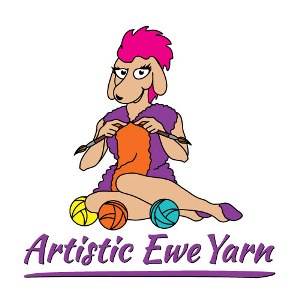
Artistic Ewe is offering listeners of the VeryPink Knits podcast a 25% discount on any yarn until the end of February. Just enter the code VeryPink25 at checkout.
Shipping is always free for orders of $35 or more.
Fidalgo Artisan Yarn Company
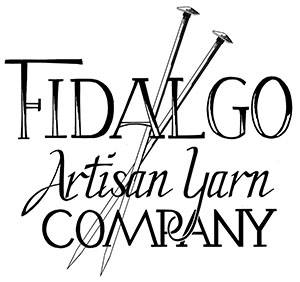
Fidalgo at fiber shows:
-Booth at Madrona Fiber Festival in Tacoma, Washington February 14th – 17th
-Booth at Stitches West in Santa Clara, California February 21st – 24th
-Stop by and say hello to Lori and Emily (of the Tempestry Project) at these events
Coupon Code! 20% online shop discount for VeryPink listeners, just use the code VERYPINK at checkout. Valid through the end of February.
Casey’s interview is with Donna Hardy from Sea Island Indigo (she’s working on her website, but can be found here on Instagram).
Books: The Indigo Girl by Natasha Boyd; and Red, White, and Black Make Blue: Indigo in the Fabric of Colonial South Carolina Life by Andrea Feeser
Ossabaw Island – The island foundation she mentions where they found the indigo.


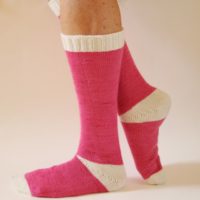

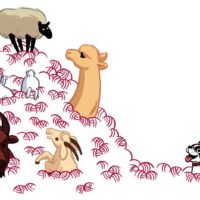

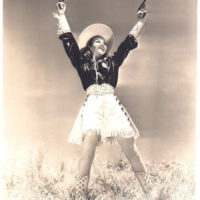
I look forward to the Podcasts every week! They are wonderful! Thank you very much!!!!
Love ewe girls, Barbara Harris from Memphis
??
Thanks, Barbara!
S t a c i
Staci,
I am hoping that you will make a “slow-motion” video to show us how to “pick up stitches” (as in adding a sleeve to a sweater or a neckline).
It is a real challenge when a pattern says pick up stitches. We are not always told how far apart, loose, tight, and sometimes how many.
Loving those slow-motion videos!!!!!
Visual learner! Barbara from Memphis
Hi Barbara – you’re in luck! That video is already on the list, and is due for release on March 13.
S t a c i
You guys are awesome. I look forward to each podcast
I just posted to Instagram yesterday about my own run-in with yarn dominance this past December. I did it on purpose, trying to see if I could avoid it, and wow, no, I couldn’t. It’s real!
https://www.instagram.com/p/Bt9xxIclnnr/
I love how much Donna Hardy knew about the history and particulars of indigo! That’s a lady after my own heart. I’ll relate a surprisingly similar story I fell down a rabbit hole into a few years ago. As a woodworker, I started researching woods, and it became a daily thing for a couple of years. At one point I stumbled into logwood, Haematoxylum campechianum. The genus name comes from the Greek words “haima” (blood) and “xylon” (wood – also where we get “xylophone” = “wood voice”). It’s called that, because a chunk of it thrown in water will turn the water blood red. The tree looks like it’s made of a bunch of smaller trees that fused together, with bark stretched around them.
Learning of this, I thought back a few years to an old coworker who knew I was studying trees, and who lived in a place full of massive versions of all the trees we have here in the LA area, and invited me to come wander (he also gave me a bunch of freshly cut Modesto Ash logs, and I made a natural log cake stand for a friend!). I remembered taking a picture of him in front of a tree the landscapers had cut a branch from, and it looked like it was oozing blood. I also remembered it looked like a bunch of trees fused into one. I found the picture again, and sure enough, it was a logwood! I’d seen one and hadn’t known it.
So, just as Donna said that indigo was an important dye in the 1700s, so, too, was logwood. It didn’t just dye blood red, but, depending on the pH, could turn anywhere from red, through purple, to blue, all richly royal, and they were very colorfast (it was even later used as a pH indicator). Logwood became highly sought after to create the rich colors used in royal tapestries and finery, and much else. The place where England had discovered the logwood (or conquered some group who had discovered it?) was a coastal area called British Honduras. They used slaves to log the trees for decades, and the lumpy bark had to be stripped before the logs were loaded onto the ships. So much bark piled up over a couple hundred years of this, that it filled in the swamps, and the higher ground this created became prime real estate. Eventually, the area became present day Belize, and if you look at the national flag of Belize, every element on it is about the logwood trade, from the slaves with their tools, and the ship used to transport the logs back to England, to the logwood tree in the background, and the logwood wreath encircling the imagery. The motto below all of this, “Sub umbra floreo,” means “Under the shade [of the logwood trees] I flourish.”
In more modern times, haematoxylin is extracted from logwood and oxidized to form hematein, which is used for staining slides in the scientific and medical fields, though I don’t think it’s as common as it once was. Logwood as a dye also dyed out, like indigo, when aniline dyes were discovered. Logwood was mostly wiped out in Belize from all the logging, and things shifted to another highly prized natural resource found there, mahogany.
Very interesting!
I keep thinking about Pamela’s question about yarn dominance. If I heard correctly, she stated she expected the color “on the top” to be the dominant color, which would be the color in the right hand when knitting with one color in each hand. My understanding, and my limited experience with stranded colorwork, is that the dominant color is the one “on the bottom” or the one held in the left hand. If she knit the entire project hoping for the right hand color to be dominant, this could explain why it didn’t work out for her, right?
I’m pretty sure you are correct, the bottom colour is dominant (the opposite of what you think it should be!).
I fell behind on the podcasts but wanted to let you know how much I loved the indigo interview. I put “The Indigo Girl” on my reading list.
KNITINGUE CROCHET